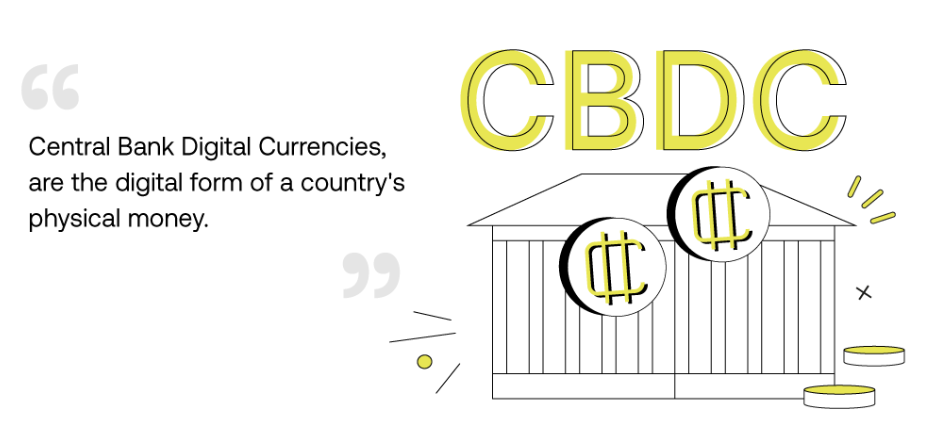Traditional Banking System Downfall – First Republic Bank
2023 was hit with a lot of tough news on the traditional banking front. First, we had Silvergate Capital in Santa Clara, California meet its demise in March. Then in the same month, Silicon Valley Bank also announced plans to liquidate after the market disaster in crypto, and now we’re seeing another downfall – First Republic Bank. What’s going on?
First It Was Silvergate Capital
Banks closing their doors is not unheard of, but seeing it happen in such rapid succession is rare. Silvergate Capital was one of the main cryptocurrency banks and the first domino to topple followed by a string of others.
When Silvergate announced its liquidation plans, it also stated that all deposits would be repaid in full. It can be said that Sam Bankman-Fried and the FTX crypto exchange scandal were what led to Silvergate’s failure as it was one of the bank’s largest clients.
Apparently before the official close, Silvergate was struggling to stay in operation for months. In January of 2023, they had slashed their workforce by almost half. Getting wind of Silvergate’s struggles instigated big crypto companies like Coinbase to start pulling assets out.
Then It Was Silicon Valley Bank (SVB)
Silicon Valley Bank’s failure followed close at the heels of Silvergate, and it only took a mere 36 hours from the announcement to closure. What caused this banking crisis? Investors pulling out their assets and of course, the downfall of FTX.
The chain reaction of these bank closures could be seen as the country’s biggest bank crisis since 2008.
It was also said that the bank’s failure had to do with management, but regardless, the Federal Deposit Insurance Corporation (FDIC) had promised to repay the depositors and First Citizens Bank ended up buying SVB’s deposits and loans.
Now It’s First Republic Bank
Now, we see the disintegration of First Republic Bank and JPMorgan Chase buying what was left of it. Its demise can be attributed to the collapse of its predecessors and we saw the value of the bank’s assets fall by $100 billion.
That wasn’t the end of it. The deposit value continued to fall until federal regulators stepped in to seize it. The FDIC claimed that this fall would cost its deposit insurance fund about $13 million.
It was hard for a struggling bank to stand a chance as First Republic clients feared what happened to SVB, Signature Bank and Silvergate, so they quickly withdrew assets at the first sign of trouble.
Can CBDC Solve the Problem?

Central Bank Digital Currencies (CBDC), are essentially the digital form of a country’s physical money. With the rise of crypto, there are many central banks preparing for the possible end of physical currency.
The Federal Reserve announced on March 15, 2023, that its FedNow service (one that makes instant payments available) will begin in July of the same year.
CBDC could help with instant money transfers, connectivity and interoperability within the banking system. CBDC is centralized, which is contrary to the decentralization concept that the crypto industry is striving for. CBDC helps the government banking system keep track of the currency and how and when it is used.
While the jury is still out on how CBDC is received by the general public if it comes into play, states such as Florida and North Carolina have already passed bills to ban the digital currency.
Although we believe that CBDC can have the potential to address some issues within the banking system, it may not have the ability to solve them all, and the solutions may come later.
However, in the short term, CBDC is an option for people to enjoy faster and cheaper cross-border payments but fixing bank stability, regulation and risk management, the reasons why the banking crisis happened, seems unlikely.
In the future, CBDC could help increase efficiency within the government banking system, and make it easier for banks to monitor monetary policy that could in turn protect against bank closures. But in the meantime, this is still speculation.
Conclusion
The volatility and lack of regulation in the crypto world bring a lot of doubt, hesitation and speculation to investors. A smoother collaboration between traditional banks and the crypto banking system needs to be established. As the world moves forward in a trying economic time, we hope governments and the economic sector work together to stabilize the economy and therefore the banking system. Learn more about fractional reserve banking VS. proof of reserve VS. self-custody here to see which is right for you.
Cr. SecuX



